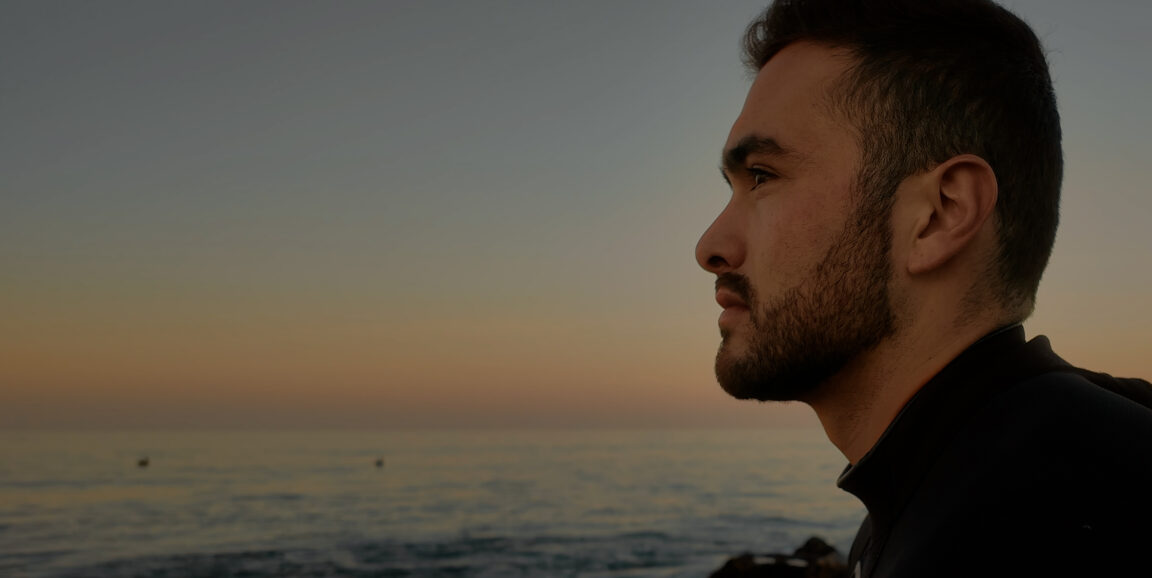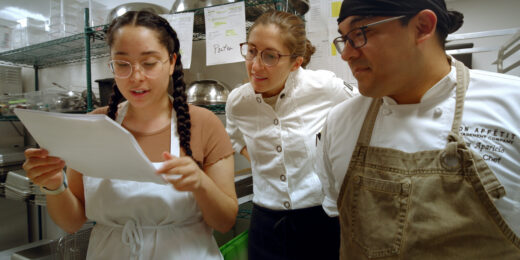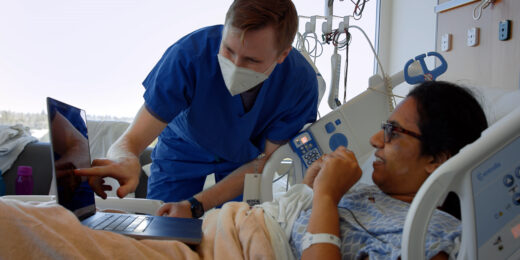In this We Are Stanford Med series, meet individuals who are shaping the future of medicine. They hail from all over the globe and come to Stanford Medicine carrying big ideas and dreams.
For Christopher Lopez, currently a third-year medical student, the Stanford Medicine campus is more than just where he's pursuing his MD-PhD degree -- it sits on the ancestral land of the Ohlone people.
As a member of the Costanoan Rumsen Carmel Tribe, part of the greater Ohlone group of the San Francisco and Monterey Bay areas, Lopez has a significant connection to the campus -- and a feeling of responsibility that fuels his determination to create change. "Out of the other 2,000 members of the Rumsen Carmel, I'm the only one actually on Ohlone land," he said. The Costanoan Rumsen Carmel were displaced to Southern California after the Spaniards arrived.
"There's this pressure to uphold the strength and dignity that our community has brought to this land for thousands of years but also there's this sense of belonging," he said.
Finding a sense of belonging wasn't always easy for Lopez, whose upbringing was marked by the complexities of his multicultural heritage and splitting his time between two homes. On weekdays, he resided with his white mother in Monrovia, California, while weekends were spent in Pomona, California, with his father, who is of Mexican and Native American descent.
The two homes led Lopez to navigate multiple cultural identities from a young age, causing him to feel a sense of dissonance. "I never truly felt fully connected to one culture or the other," he explained. "I struggled with the idea of fully immersing myself in the Native American community in Pomona, where our tribe is based, fearing that I would disrupt the established norms."
The Costanoan Rumsen Carmel inhabited what is now Monterey County before Spanish missionaries arrived in the 1760s, leading to the tribe's displacement without any land or reservation and its eventual relocation to Southern California. Today it comprises more than 2,000 members.
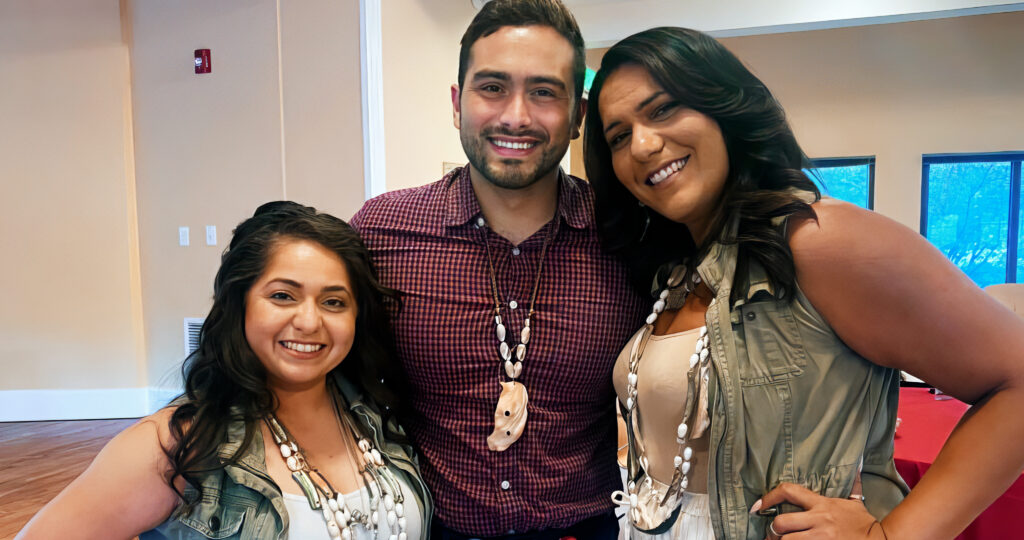
However, the lack of federal recognition for the tribe is rooted in centuries of struggle, and in 1925 a leading anthropologist declared the Ohlone extinct. That inaccurate declaration compounded bureaucratic hurdles, further hindering efforts, even today.
Lack of federal recognition meant that members lack benefits such as care through Indian Health Services. Growing up around it, this did not escape Lopez's notice. "I saw firsthand the disproportionate impact of chronic health issues within my own family," he said, and that is what ultimately inspired him to pursue medicine.
But Lopez's journey to Stanford Medicine wasn't without challenges. When he was in sixth grade, he was told by a teacher that he would never succeed in life, an assertion that shattered his self-esteem. Determined to defy her prediction, he became relentlessly motivated to carve out a different path for himself, seeking support from teachers and mentors that helped him through high school, college and eventually medical school.
Lopez, who just began the research leg of the Stanford Medical Scientist Training MD-PhD program, works in the lab of Paul Khavari, MD, PhD, professor of dermatology, studying genome regulation in stem cell differentiation and cancer.
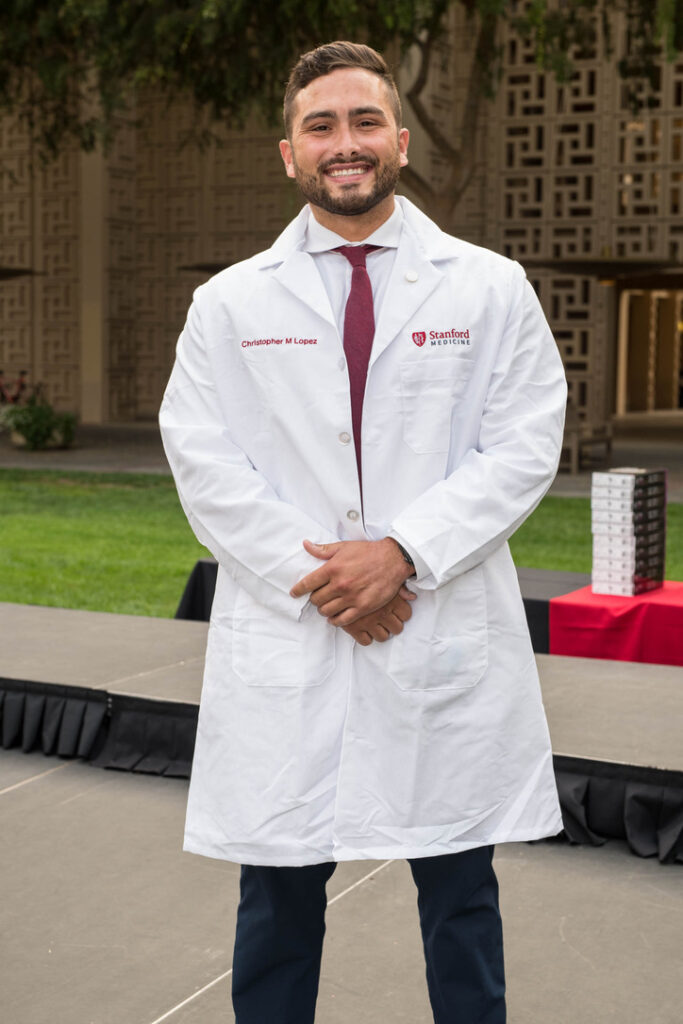
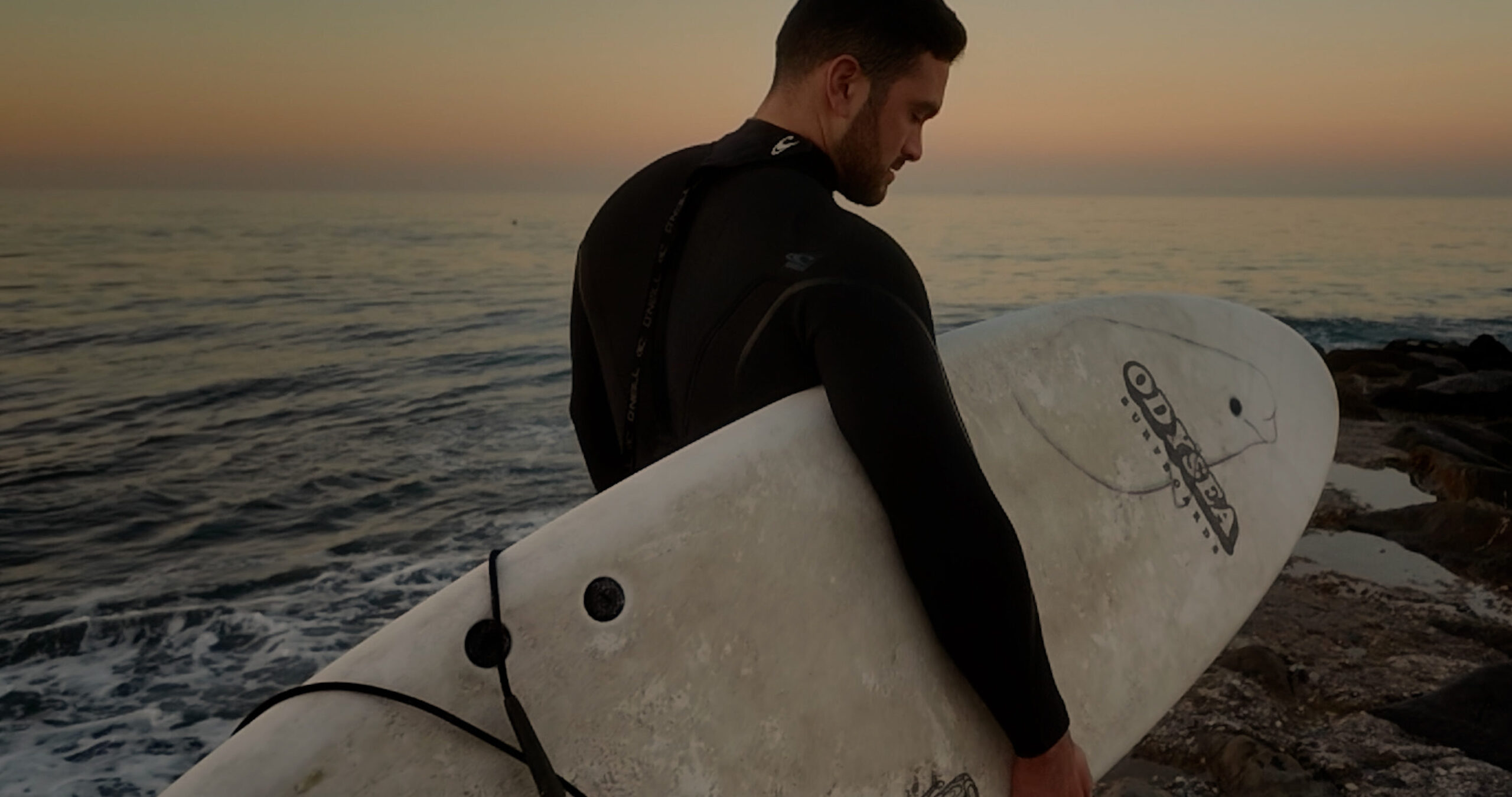
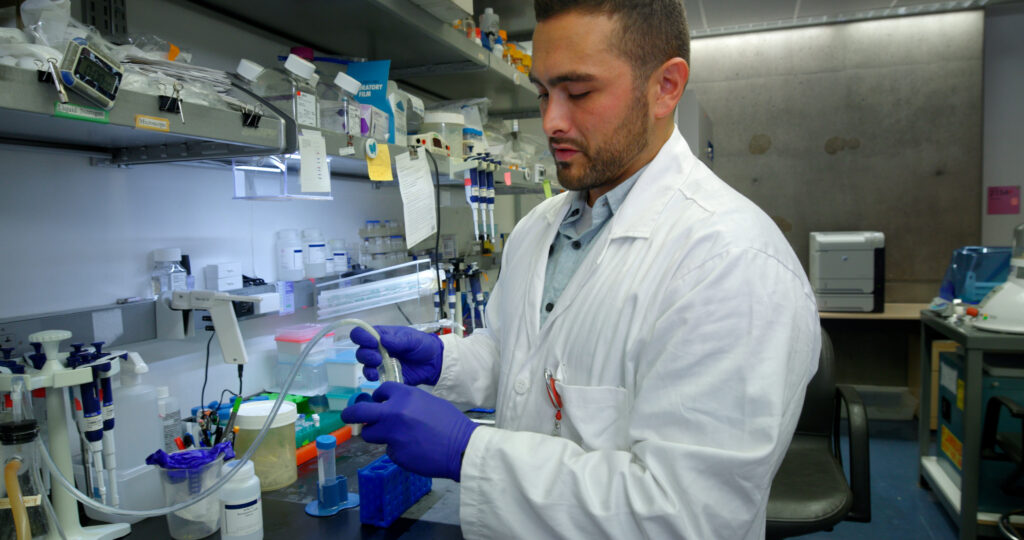
Lopez channels his childhood and adolescent experiences into advocacy work, particularly through the Stanford American Indigenous Medical Students (SAIMS), one of nine student groups under the Stanford University Minority Medical Alliance, or SUMMA. Through SAIMS, he hopes to inspire and support Native students who, like himself, may doubt their own potential for success, as well as increase Indigenous representation among faculty, medical students, and health care professionals.
"The more representation you have, the better quality of care that you have for patients," Lopez said. "My passion for science and medicine lies in providing compassionate care to those I treat. Supporting diversity in health care allows me to better care for individuals and communities, restoring dignity where it has been stripped away."
Read more We Are Stanford Med stories here; and watch the video series here.


